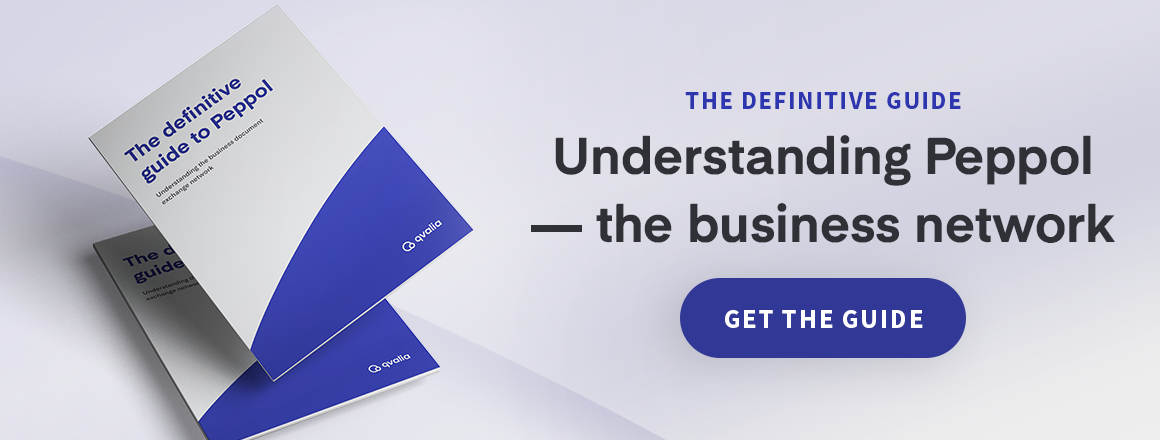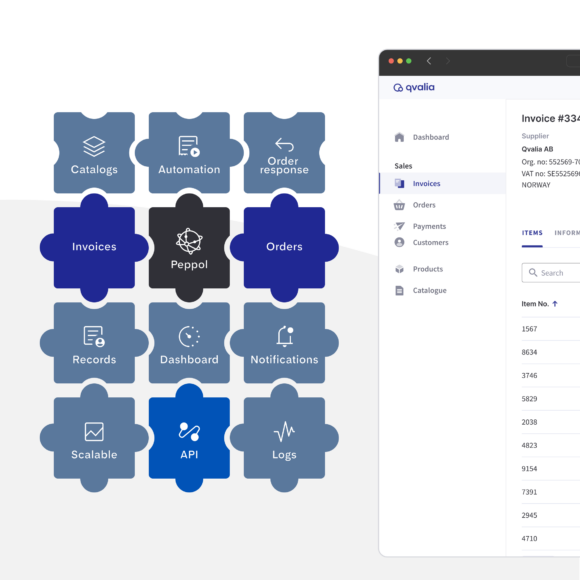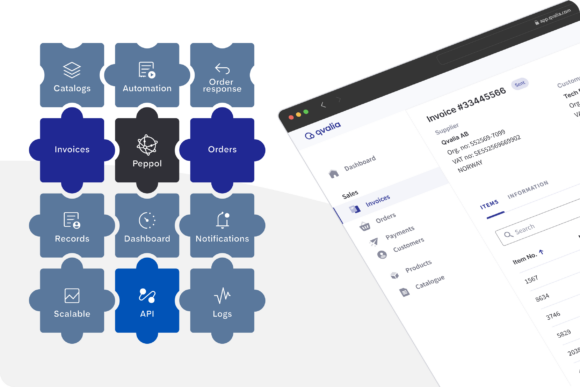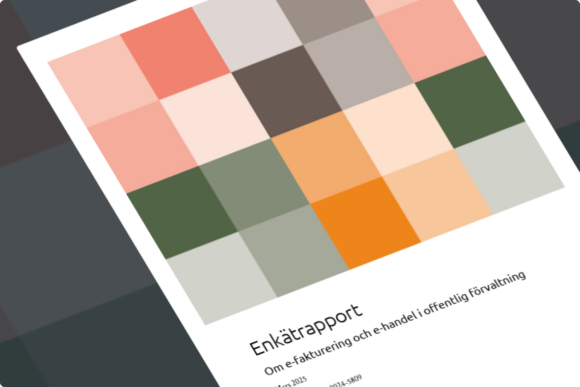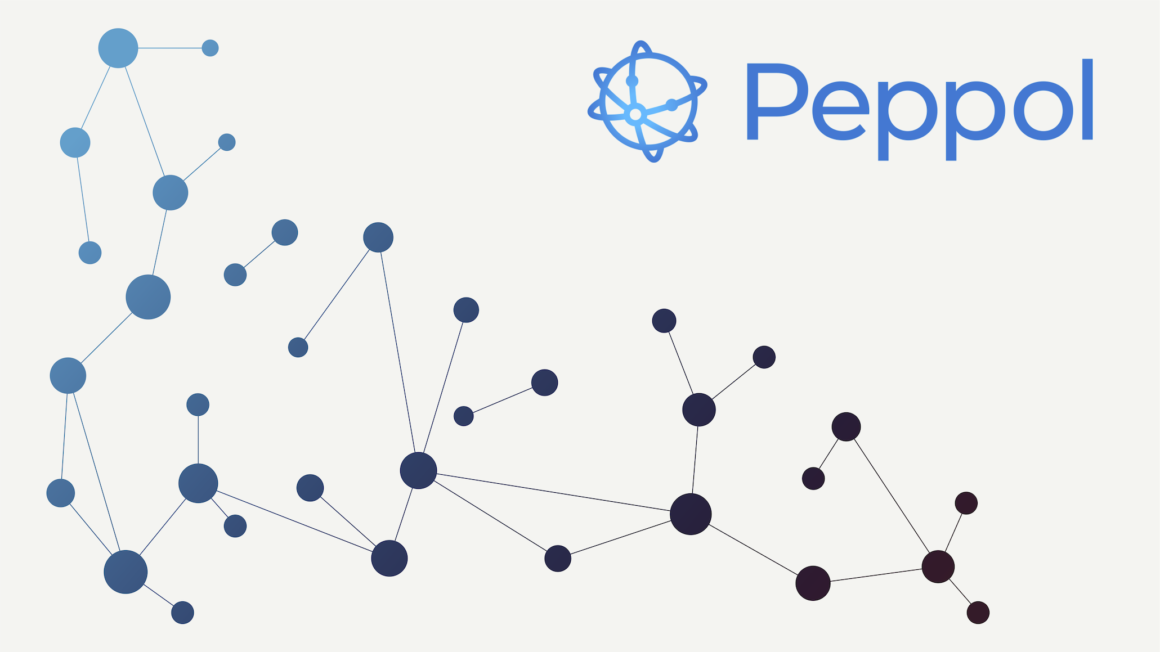
The digitization of transactions in Europe continues. As a result of the e-Procurement Directives from the European Commission, all governmental organizations and national authorities within the EU can only accept standardized electronic invoices from suppliers. The legislation came into force in April 2019. Here’s the what and why of Peppol — and how to take advantage.
The digital transformation is heading for a leap in the evolution as Peppol, the Pan-European Procurement On-Line standard, and open e-invoice and business document exchange network, becomes policy. It’s basically a new electronic standard format for transactions.
The value of a standardized electronic format is significant. E-invoice processing reduces errors and manual work, as well as costs in every step of the process: from system development to printing and postage. The potential benefits have been estimated in a report to be €40 billion annually.
What is Peppol?
Pan-European Public Procurement On-line, Peppol, is one of the largest and most ambitious digital transformation initiatives. Initiated by the European Commission with the so-called e-Procurement Directives, and managed by the non-profit organization OpenPeppol, the objective is to accelerate public and private sector digitization and harmonize standards. A common e-invoice standard offers huge advantages, making business transactions significantly simplified, more efficient, and transparent for both buyers and sellers.
How does Peppol work?
Peppol is a network to share trading documents digitally between buyers and sellers. It enables organizations to connect with all partners in one single system. The format is typically e-invoices but Peppol manages all types of business documents such as contracts and receipts.
The result is instant, fully digital, and more accurate transactions. Domestically and internationally. Costs are lowered for all parties, with fewer resources needed and less manual work. System and process complexities are reduced, with less need for format conversion, and improved accounting.
This free guide provides a comprehensive introduction to Peppol.
How is Peppol implemented?
The directive 2014/55/EU, a key policy in the e-Procurement Directives from the European Commission, constitutes that national authorities must be able to send and receive e-invoices by April 2019. Regional and local authorities may postpone implementation until April 2020 at the latest.
Each member state has the freedom to implement the directives in a way that suits local needs, which means that different rules apply in different countries.
How to get started?
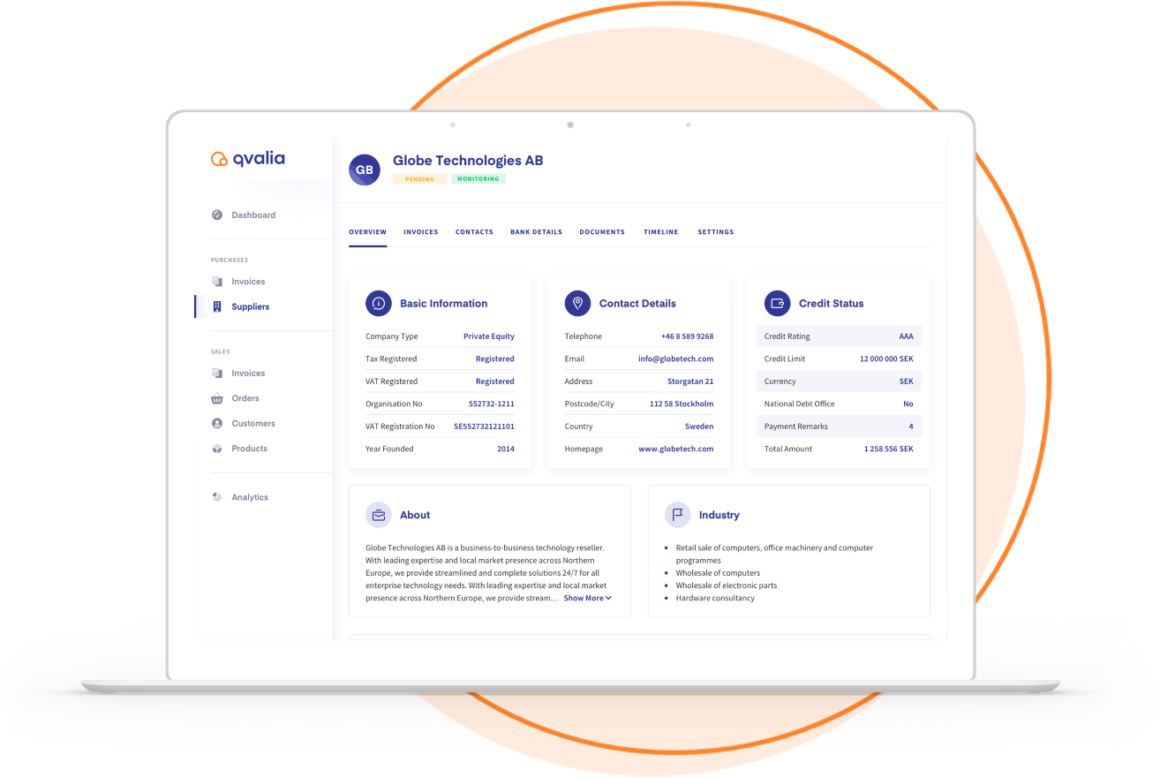
What is the right approach for companies and the public sector? Various invoice management vendors have different solutions and not surprisingly, a variety of pricing. It’s often based on a cost-per-transaction model.
At Qvalia, we have a different approach. We believe that sending and receiving e-invoices should be just as easy as emailing. And just as free. With our intuitive and easy-to-use cloud-based e-invoicing platform we novel automation capabilities and digitization in both A/R and A/P in one solution.
Additional features include:
